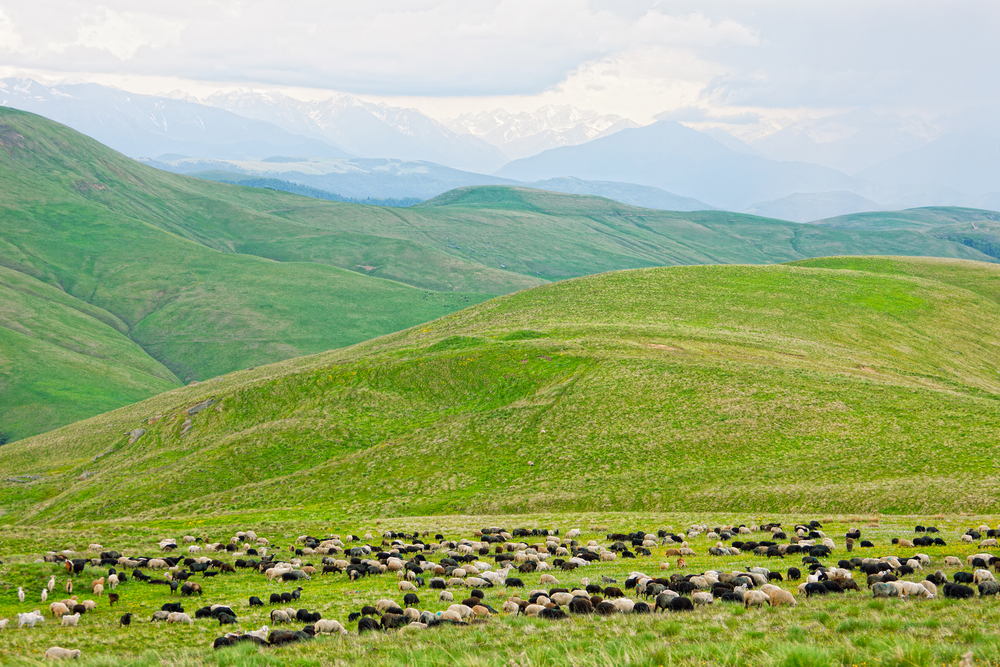The View from Teagasc: Here are the latest farm management tips for September from Teagasc.
Fodder
September is the last chance to accumulate more fodder before winter. Another Fodder Census was held on 1 September. Have you enough fodder for a coming six-month winter? Have you a 20 per cent fodder reserve in case of a late spring? If not, the time to act is now.
Paddocks/small fields with surplus grass should be closed with the intention of cutting some extra bales in them, apply extra Nitrogen to the remaining grazing area.
Selling any barren cows after scanning has been carried out – may need to wean calves first.
Select out any cull cows now, their calves can be weaned earlier. These cull cows can be finished off grass by feeding 3 to 4 kg of concentrates per head/day for 6 to 8 weeks. Remember, every surplus cull/barren cow overwintered will consume 10 to 12 bales of silage each.
In tillage areas, consider purchasing straw and green barley from the combine. Barley is good value this year, but it must be dried, stored and rolled. Straw is a good source of roughage and can be fed with silage/concentrates.
Grassland
Aim to prioritise the best grass available towards the most productive stock, ie calves/weanlings, finishing lambs, beef cattle and so on
Sward Height – Grass height should be at 5cm post grazing of paddocks
Topping – If not already done, top pastures in early September that have stemmy stubble after grazing. This will help improve sward quality. Set topper blades at 5cm. Drive in a low gear at high revs.
Nitrogen – Apply 1 bag of CAN + 5 per cent Sulphur per acre on barefields/after-grass before 30 September. This will boost grass growth and build up a reserve of grass for the autumn.
Reseeding – Aim to have all reseeding completed by 30th September, using chemical N or P with the grass seed after this date could incur a penalty under Cross Compliance. Seedbed need to be drier, fine and level to ensure good establishment before the winter.
Post emergence sprays are essential to control docks, redshank and chickweed (at 2-3 leaf stage which is normally at about six weeks after sowing).
Beef
Scanning – Scan all cows 35 days after mating has finished. Scanning will verify if cow is in calf and help with the organisation of calving and labour requirements next spring. Cull all barren cows using scanning results.
Creep grazing – This helps break the cow/calf bond and ensures a supply of quality grass for weanlings.
Weanling Sales – Plan your weaning now. Although the Suckler Cow Welfare Scheme has finished, all farmers have seen the benefits of feeding concentrates to calves/weanlings both before and after weaning. Aim to feed at least 1kg/head/day of a 16 per cent crude protein ration for at least four weeks pre-weaning and for two weeks postweaning before you sell them. Feed concentrates in troughs in the creep grazing area where all calves can be fed and be seen at the same time.
Finishing Cattle – Sell cattle as they become fit. For beef cattle that are 30-40kg short of slaughter weight, feed 3 to 4kg head/day of concentrates at grass for 6 to 8 weeks. A high energy low protein (12-14 per cent CP) ration will suffice for finishing cattle and cull cows.
Underfinished cattle will be penalised at meat plants. Consider selling them at the mart instead.
Replacement Heifers – Avoid buying in problems and disease. Breed your own replacements. Aim to have your home bred heifers well developed and robust at mating time next year (weighing at least 370 to 430kg depending on heifer breed), while calving down at a minimum age of 2 years. Select potential replacements now on the basis of dam’s mothering ability, milk yield, conformation and growth rate.
By Anthony O’Connor, Teagasc Adviser, Galway/Clare Region
